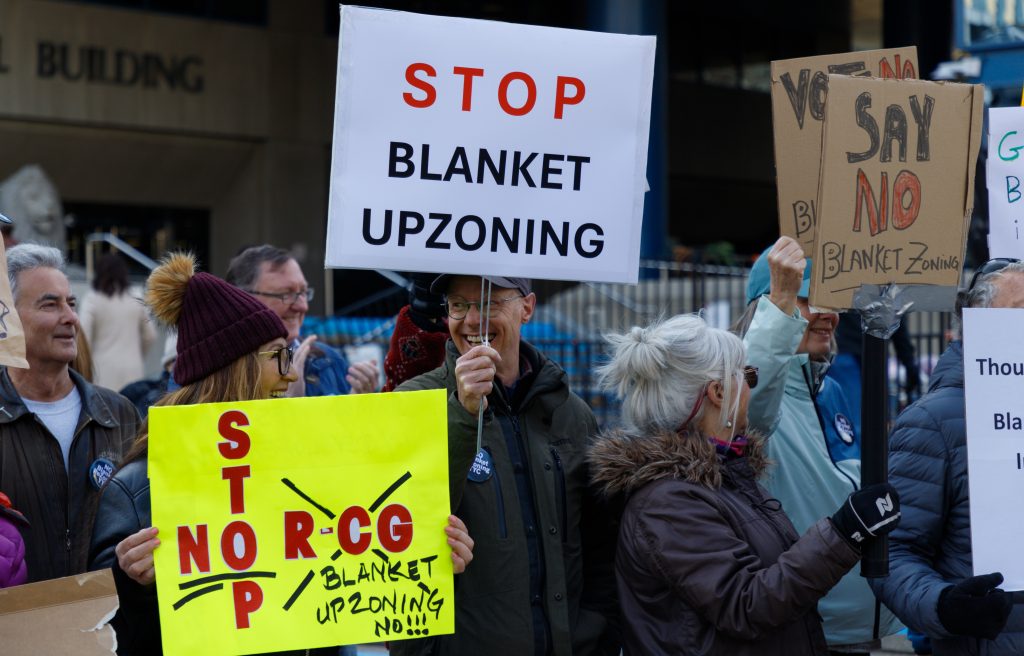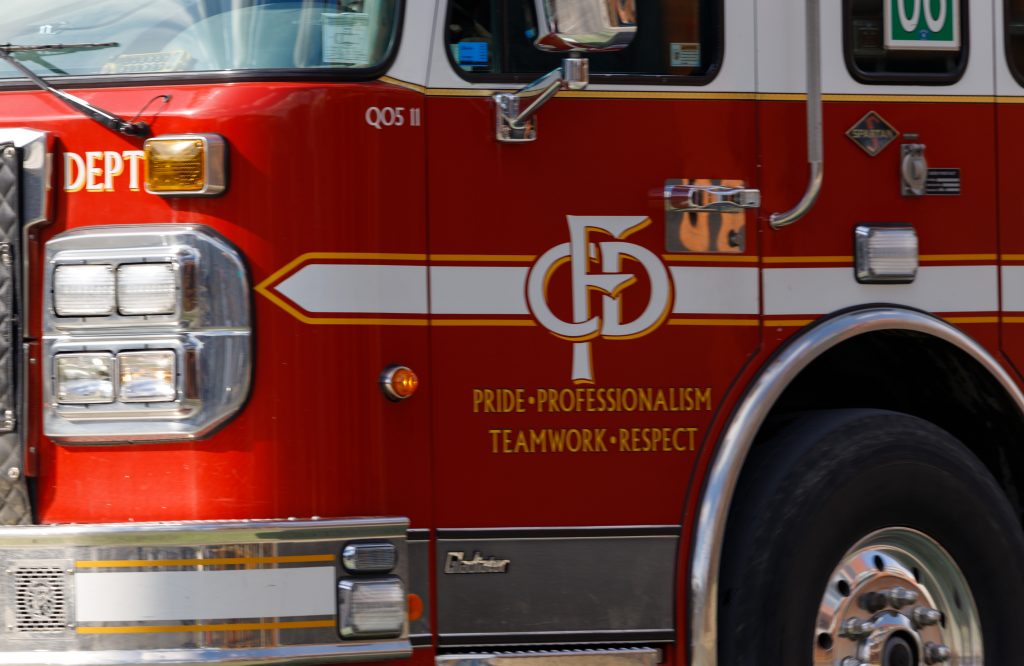Hot, crowded and secret room now part of impeachment lore
Posted Nov 7, 2019 10:45 pm.
This article is more than 5 years old.
WASHINGTON — It’s “excruciating.” It smells like a “locker room.” And what happens there is supposed to stay there.
When history is written about President Donald Trump’s presidency, a key chapter in the House’s drive to impeach him will be set in a spy-proof bunker tucked beneath a spiral staircase just to the east of the U.S. Capitol. There, three House committees have been hearing about Trump’s pressure campaign on Ukraine, gathering testimony that could serve as the foundation for articles of impeachment.
The Sensitive Compartmentalized Information Facility — SCIF for short — seems poised to join Washington impeachment lore. But unlike, say, the former Holiday Inn of Watergate fame or the White House Rose Garden, the SCIF is an axis of political intrigue out of sight by design. Nowadays, more people surrender their cellphones and cram inside than the space was designed to hold, with little distraction from the proceedings or each other.
All that ambition, heat and high political stakes fuel the SCIF’s air of mystery. Inside, those factors apparently infuse the air itself, which alternates between too cold and too hot.
“My staff tells me it’s started to smell like a locker room in here,” House Intelligence Committee Chairman Adam Schiff (D., Calif.) said during an Oct. 11 deposition of former Ukraine ambassador Marie Yavanovitch.
That drew rare agreement from the House Oversight Committee’s top Republican.
“It was hot today. The air wasn’t on right,” Rep. Mark Meadows, R-N.C., said on Monday, grinning. “It had nothing to do with the rhetoric.”
The SCIF that has become the centre of impeachment is not one of a kind. The secure space is built to specific standards on material, size and how it’s used, all aimed at allowing classified work to be conducted without the risk of spying.
There’s one for senators, where they gathered to read private documents during last year’s stormy confirmation hearings of Justice Brett Kavanaugh. The White House Situation Room is a SCIF. These spaces have built inside homes, like the ranch of former President George W. Bush in Texas and Trump’s residences in New York and Florida.
Typically, they are windowless. Vents and other gaps include material, such as rubber, that interfere with the conduction of sound. And all who enter are required to sign in, surrender and lock up electronic devices and phones, even fitness bracelets. Then their disappearing act begins.
At least, that’s how it’s supposed to work. In an episode that amped up the SCIF’s fame, about two dozen Republicans complaining about the secrecy stormed inside late last month, pausing only to hold a press conference at the bottom of the circular stairwell. For a few hours, they held up the Democrat-driven inquiry, which Chairman Adam Schiff said had to be kept secret to prevent witnesses from co-ordinating their stories. Several in the GOP appeared to be tweeting from inside the vault, a potential security breach. The House sergeant-at-arms, the parliamentarian and Capitol security officers were called.
At one point during the SCIF standoff, Republicans ordered a cart full of pizzas for the reporters staking out the site. The boxes were much photographed but sat untouched, because journalists can’t accept gifts from lawmakers. Eventually the marauding Republicans left, holding another press conference on the way out. The proceedings resumed, but the chamber had to be “swept” for any surveillance or other compromised security.
The SCIF’s moment in the spotlight seems nearly over, with Democrats wrapping up interviews and launching into public hearings next week.
But any elegy for the impeachment SCIF would be incomplete without noting that it sprouted its own peak Washington culture. The pizza cart, for example, became a key visual. The SCIF has its own hashtag and the staircase has attracted a variety of nicknames from reporters and staffers, including “The Pit of Despair.” Someone proposed dressing up as the SCIF for Halloween, perhaps as a box-within-a-box that emits no sound.
For lawmakers, the entry to the SCIF is its own journey, starting in a tunnel in the basement of Capitol. That passageway takes them to the atrium over the stairwell, where they descend two levels and click open a set of doors emblazoned with not one, but two, red signs that read, ‘RESTRICTED.”
They then enter the space over a cranberry-colored carpet and walk past a stand of flags for the intelligence agencies. Lawmakers lock up their electronics, take a key with them and enter a secure room set up like a conference room or committee room.
“It feels like a casino, because you have these fluorescent lights and you never know what time it is,” said Mieke Eoyang, who served as a subcommittee staff director on the on the House Intelligence Committee and is now vice-president for Third Way’s national security program.
It’s been crowded during the impeachment proceedings because the rooms were generally built for one committee at a time and their staff. The impeachment inquiry includes three committees, their staff, witnesses and their entourages, some of whom can be seen coming and going on camera via a set of frequently photographed elevator doors.
One recent day, freshman Republican Tim Burchett of Tennessee ambled toward the double doors with the gait of someone who’d rather spend his time elsewhere. A member of the House Foreign Affairs panel, he’s entitled to attend the sessions. But he grimaced and described them as “excruciating,” both because majority Democrats are setting the rules in a way he deems unfair and because of their length. He said he’s seen as many as 30 people in one room, some standing.
“I suspect when my grandkids are reading about it in history books they’ll … ask me what it was like,” Burchett said in a phone interview. “Maybe I’ll remember it much more fondly.”
___
Associated Press researcher Rhonda Shafner contributed to this report.
Laurie Kellman, The Associated Press








